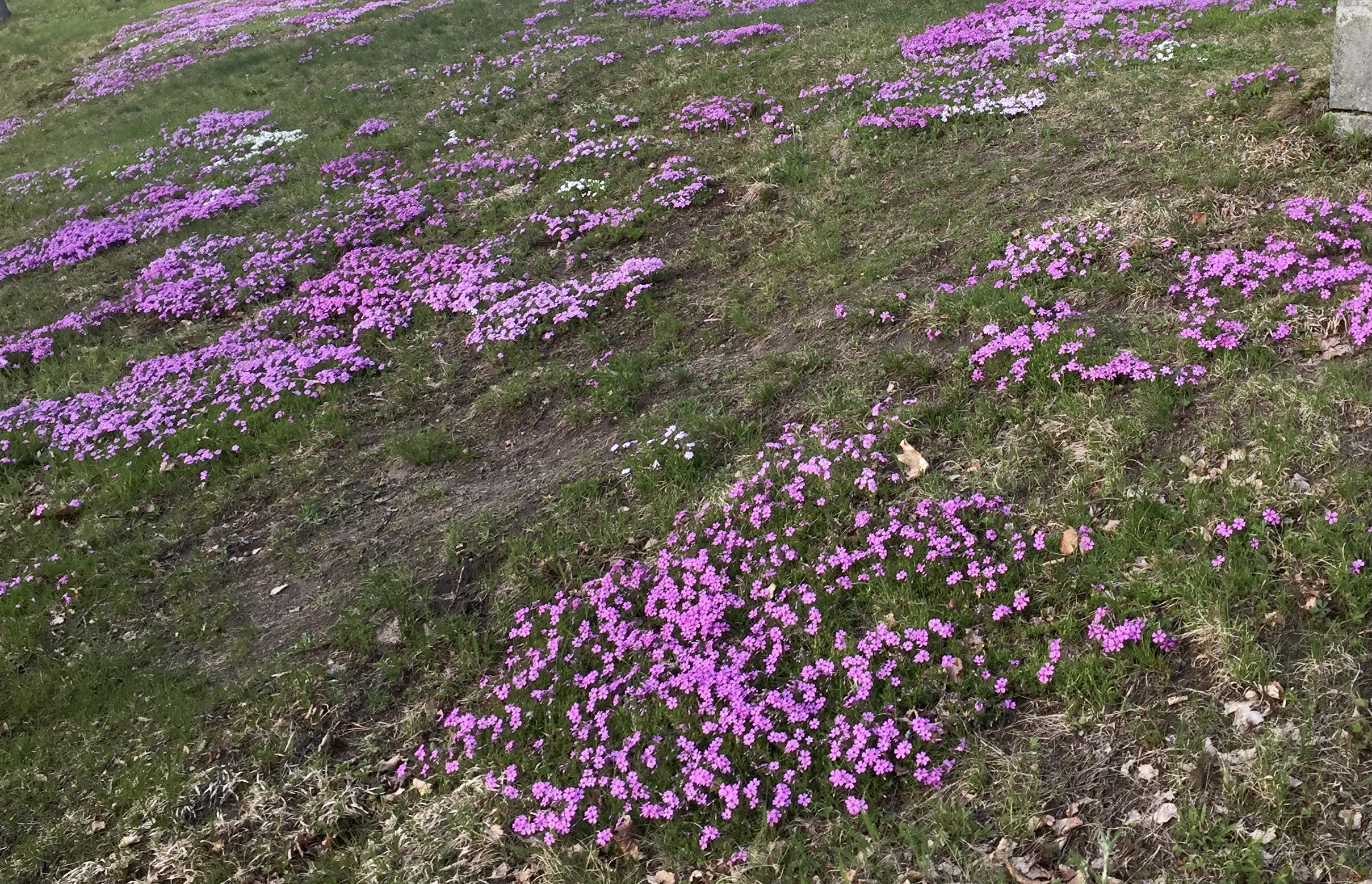Dear Healthy Home Habitats,
Our water bills are rising and droughts are back again this year. I think I’m finally through with the “best lawn in the neighborhood” competition. But I’m not ready for the cost, expense and effort of creating a meadow. I need my yard to be presentable, maybe even prettier? I’d like it to somehow both help the pollinators and require less water/chemicals. How can I make a Difference? What’s A Better Option? Signed Lawn Weary
Dear Lawn Weary, I completely understand and you are not alone in your concerns:
* “According to the United States Environmental Protection Agency, of the 320 gallons used by the average American household each day, “30 – 60% of urban fresh water is used for watering lawns.”,
* “235,224,000,000,000 (hundreds of trillions; next stop, quadrillions) of water that goes to keeping lawns looking green and healthy, coast-to-coast, in one year. (T)heoretically and mathematically, that much water would fill Great Salt Lake … 47 times.”
* On top of the costs, we’re not good at moderating our use of lawn chemicals. And we forget that bugs and caterpillars feed our birds.
* “…70 million pounds of pesticides (including herbicides) are applied to US lawns each year. This is approximately ten times the amount applied to American farmland, acre for acre.” “60-70 million birds die from pesticide poisoning each year in the US alone.”
A Better Option to make a difference are easy choices offering tremendous benefits as we broaden what we see as “beautiful”:
* Reduce your mowing frequency and increase your mowing height – “Even a modest reduction in lawn mowing frequency can bring a host of environmental benefits: increased pollinators, increased plant diversity and reduced greenhouse gas emissions. At the same time, a longer, healthier lawn makes it more resistant to pests, weeds, and drought events.” said Dr Chris Watson, lead author of the study.” “Certain lawn invaders, such as ragweed, can be decreased simply through reducing lawn mowing frequency. This will decrease the pollen load in the air and reduce the severity of hay fever symptoms, number of people affected, and medical costs.”
* Introduce native and naturalized, low growing groundcovers to your lawn areas over time. They reduce the amount of grass to mow. Our local, Woodland Cemetery in Keene, NH offers wonderful options to see: Creeping Phlox, Pussy Toes, Spreading Thyme, Bluets, Violets and the maligned Creeping Charlie. Each of these plants offers a blooming season with flowers to provide both nectar and pollen to our beleaguered pollinators. They also provide green foliage that does not need fertilizers or herbicides and can be mown to be tidy. Some can be planted as “Landscape Plugs” or transplanted from other parts of your property of from neighbors. They spread over time and offer different blooming periods that span from spring to fall.
* Create a lawn perimeter of planting beds with native shrubs – This approach not only reduces the amount of lawn you are managing but offers seasonal interest, blooms for bees, berries for wildlife and fall color for you benefitting many species as well as ourselves.
* Increase plant diversity to reduce ragweed. “Simply reducing lawn mowing intensity can lead to an ‘improvement in the diversity of plants and beneficial insects, or a reduction in allergenic weeds and other pest species.’ Such interventions can control lawn invaders such as ragweed, whose pollen causes allergies among millions of Americans, and this in turn could lead to reduced pollen load and public health costs.”
We hope these Better Choices to Make a Difference that feed our songbirds, butterflies and bees while reducing your water bill AND the amount of time you spend mowing are helpful. Could be a win-win scenario on many levels!
Sincerely, Healthy Home Habitats
Please share with us what other healthy, sustainable, and thrifty methods you have discovered on this topic! Michele Chalice is the owner of Keene-based, Healthy Home Habitats. HHH’s goals are to enhance our families’ health, reduce costs and chemical exposures, provide more peace and collectively help to heal our world from home. See more at https://HealthyHomeHabitats.com/
SOURCES:
*https://archive.epa.gov/greenbuilding/web/pdf/ws_outdoor508.pdf
*https://magazine.scienceconnected.org/2020/01/intense-lawn-mowing-lowers-biodiversity-favors-pests/

